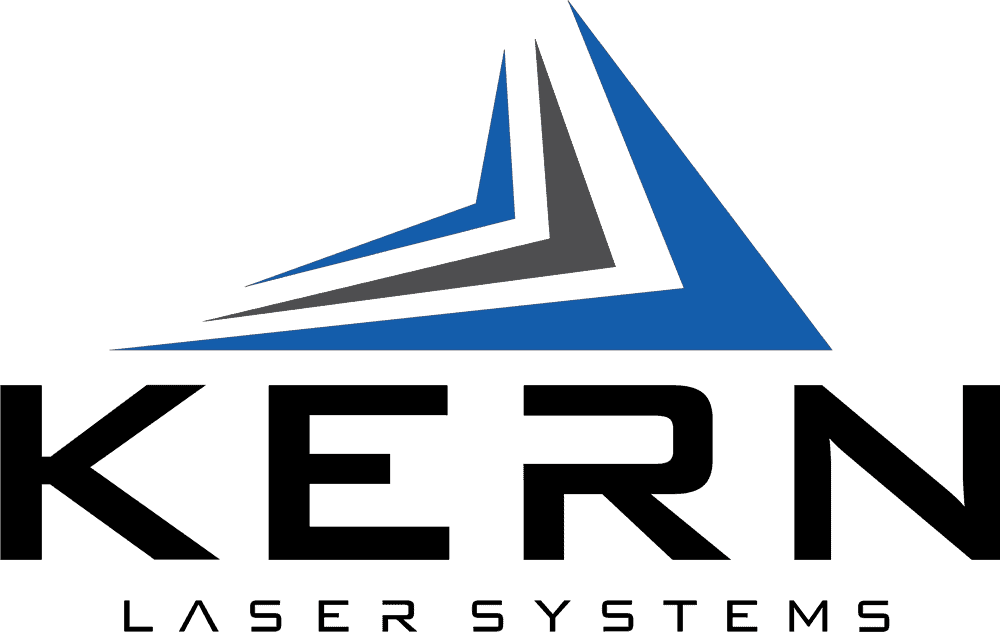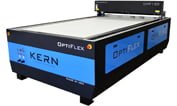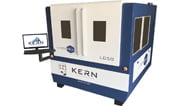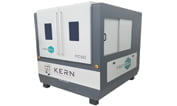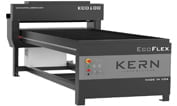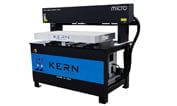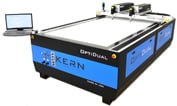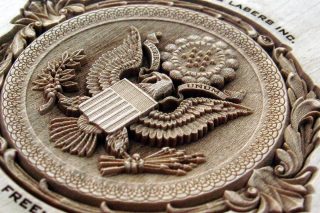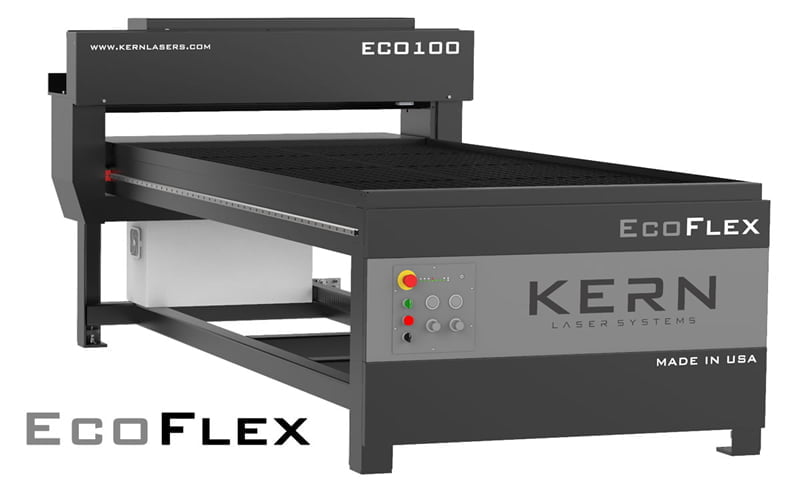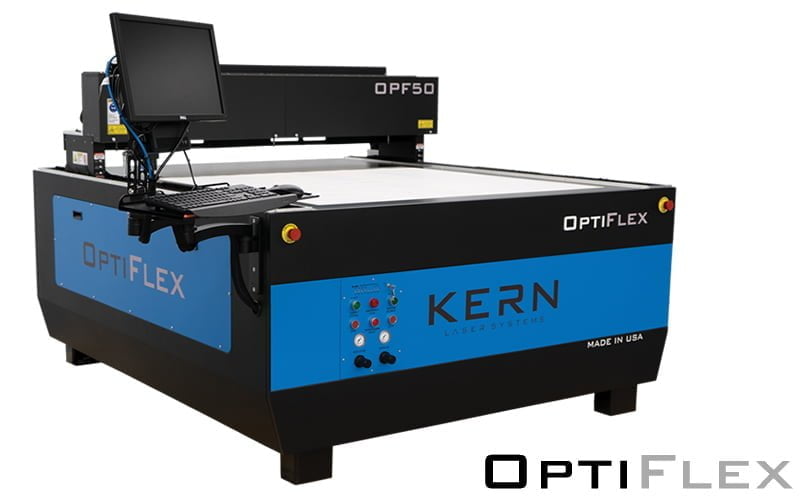Fabric & Textile lASER CUTTING
Textile and Fabric
In the world of textiles, precision and innovation are the driving forces behind the creation of stunning garments, intricate designs, and flawless patterns. Laser cutting and engraving has significantly impacted the fabric industry. With its ability to provide unmatched precision and efficiency, laser cutting textiles have become a game-changer for designers and manufacturers alike.
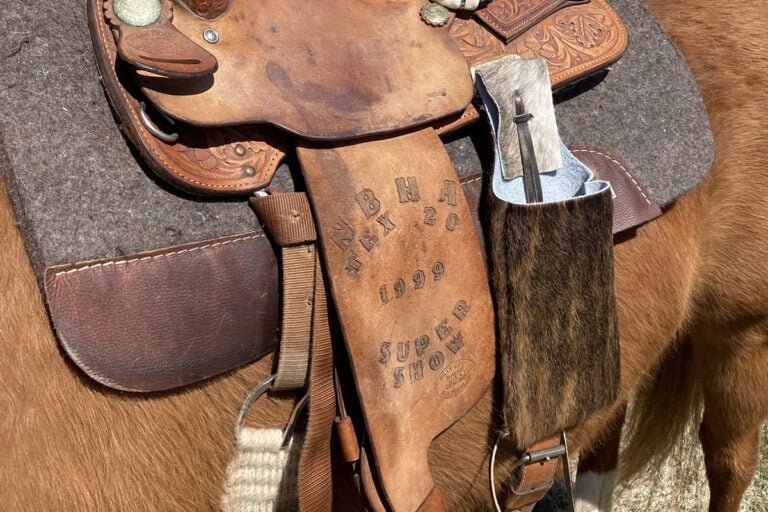
Advantages of Laser Cutting Textiles
Reduced Manual Labor
Traditional methods of cutting fabrics involve the use of scissors, rotary cutters, or even dies. These methods, while effective, are labor-intensive and often result in uneven edges. Laser cutting, on the other hand, automates the process, reducing the need for manual labor. Designers can create intricate patterns and designs with ease, and the laser does the rest. This not only saves time but also minimizes the risk of errors, ensuring every piece is cut precisely to the desired specifications.
Natural Sealing of Edges
One of the most remarkable advantages of laser cutting textiles is the way it seals the edges of the fabric as it cuts. The intense heat generated by the laser beam instantly fuses the fibers, creating a clean, sealed edge. This eliminates the need for additional finishing steps like serging or hemming, saving both time and resources. The sealed edges also prevent fraying, ensuring the longevity and durability of the finished product.
Intricate and Versatile Designs
Laser cutting allows for incredible design flexibility. Designers can create intricate patterns and shapes that would be nearly impossible to achieve with traditional cutting methods. From delicate lacework to bold geometric designs, the laser’s precision knows no bounds. This versatility opens up a world of creative possibilities for fashion designers, upholstery specialists, and anyone working with textiles.
Minimal Material Wastage
Precision cutting not only ensures the accuracy of the designs but also minimizes material wastage. Traditional cutting methods often lead to irregular shapes and leftover scraps of fabric. Laser cutting optimizes material usage, reducing waste and saving costs. Nesting software will also optimize pattern layout with the click of a button.
Speed and Efficiency
Laser cutting textiles are incredibly fast and efficient. In some cases, lasers can even cut through multiple layers of fabric, streamlining the production process. Whether you’re creating a single prototype or mass-producing garments, laser cutting can significantly reduce production time.
